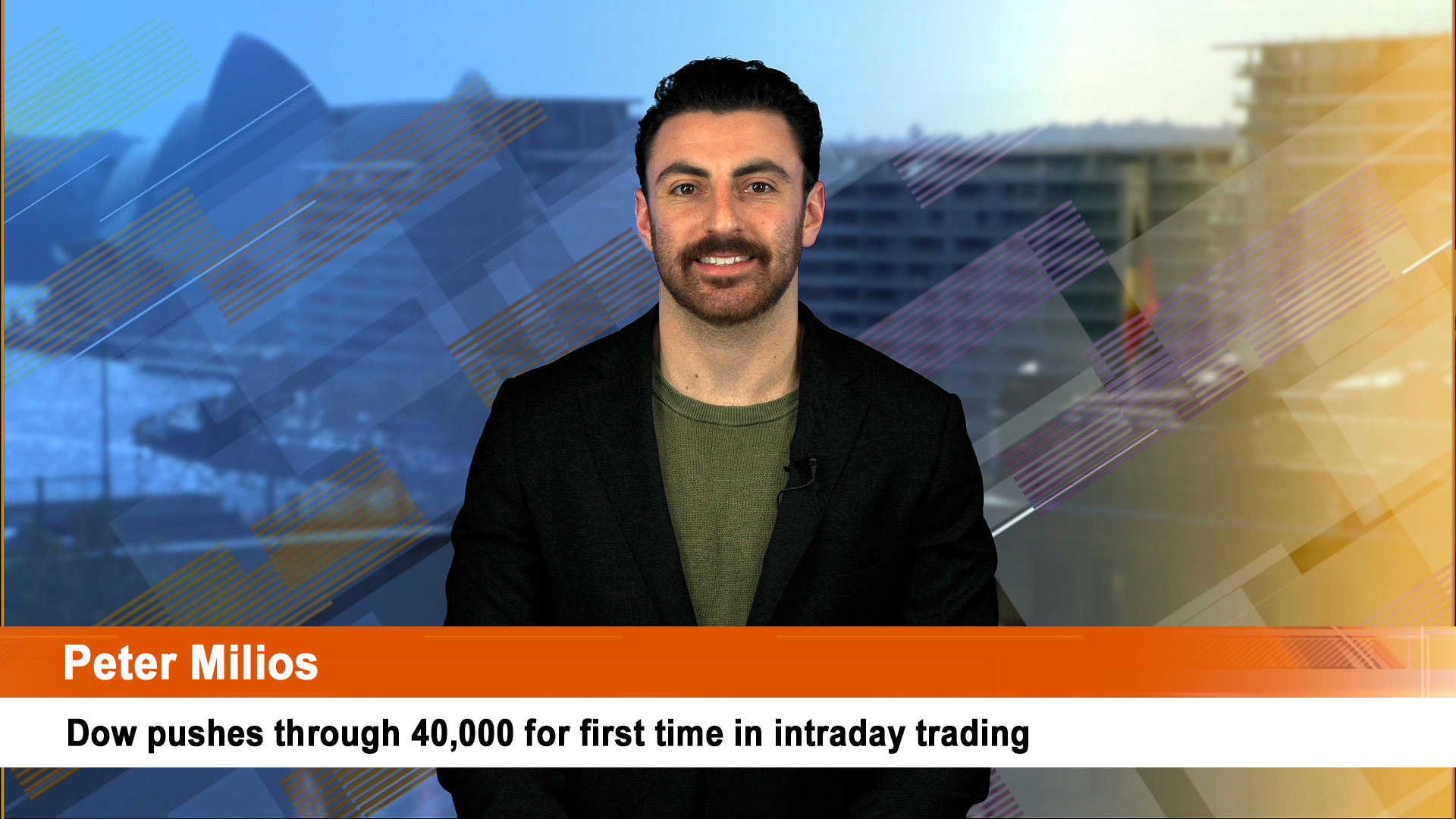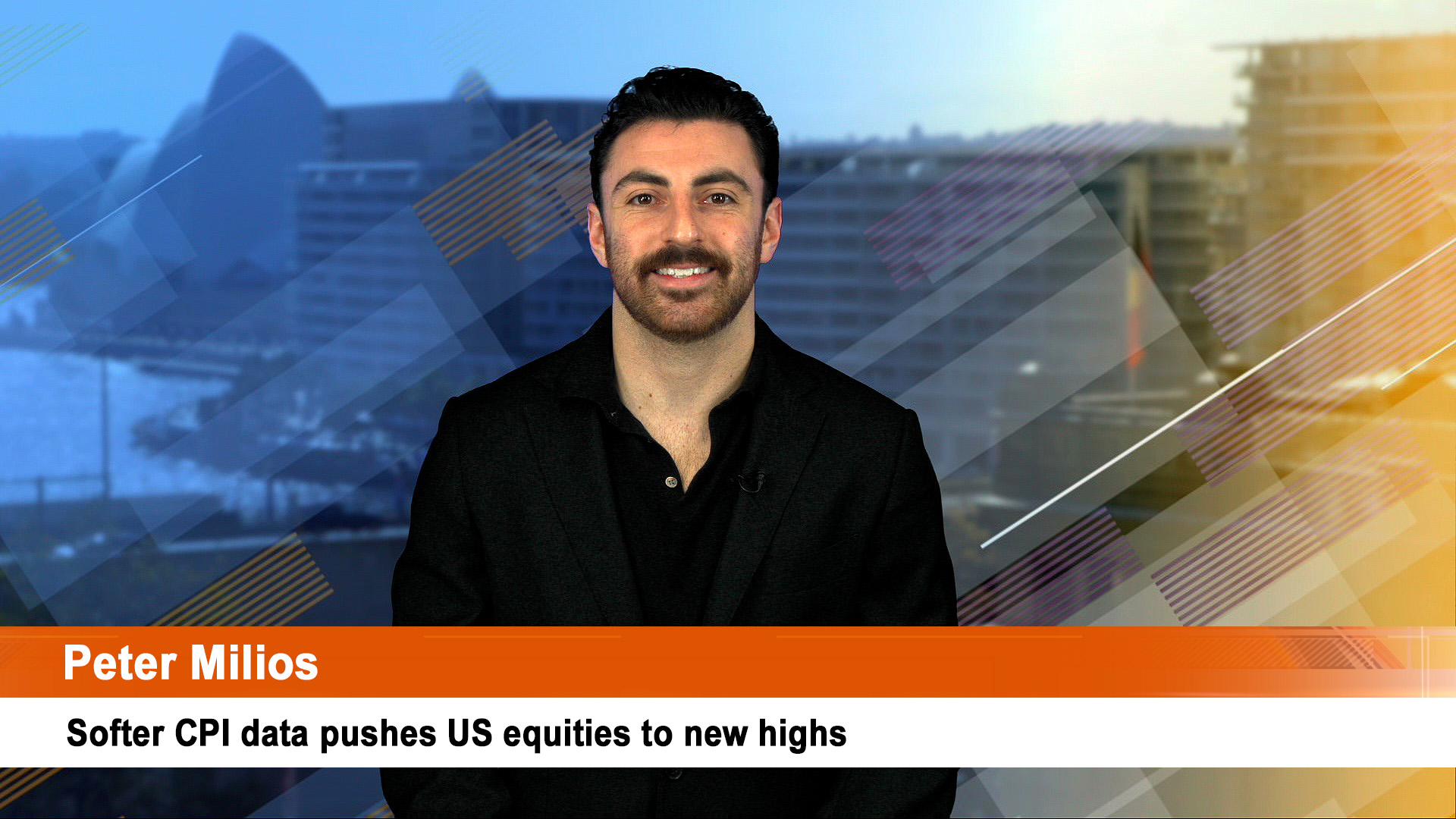US incomes and spending are surprisingly weak, corporate earnings are weakening, political instability continues from the top job down, trade tensions remain with China and yet the US economy continues to rebound strongly from the lows of late last December.
In fact, so strong has been the rebound that the world’s most-watched market measure – the S&P 500 index has seen its strongest start to a year since 1998 with a first-quarter gain of 13.1%.
With the index losing 6.2% in 2018, it has jumped gained more than 19% since the lows set on Christmas Eve last year. The S&P 500 rose 1.2% last week for a monthly gain of 1.8%.
The Dow saw a 1.5% weekly gain, and a tiny 0.1% gain for March, and an 11.2% jump over the first quarter (after a 5.6% loss in 2018). The rise in the three months to Sunday was the best first quarter performance for the Dow since 2013.
The Nasdaq, saw a 1.1% weekly rise, to be up 2.6% for the month and 16.5% for the first three months of the year. It fell 3.9% over all of last year.
But what is clear from those figures is that momentum in US markets slowed noticeably in March, with the Dow avoiding a fall last month by the solid rise last week and most of the small gain for March in the S&P 500 came with last week’s 1.2% rise.
With analysts all forecasting a slide in earnings for the March quarter, on top of what was a less than spectacular gain in the December quarter, there’s a feeling the US economy and Wall Street are heading for a period of uncertainty.
That sentiment will get a test this week with the March jobs report on Friday – another weak report like February’s undershooting forecasts with just 20,000 new jobs in that month, will see investor worries become much greater concerns and a sell-off.
US bond yields moved higher on Friday as talk of an inverted curve (which is supposed to be a big negative). The 10-year Treasury yield rose 2.6 basis points to 2.416%, reducing its weekly slide to 4.3 basis points.
The 10-year bond fell 30 basis points in March and 27 basis points in the first three months of the year.
In Australia, 10-year bonds rose on Friday to 1.77%, up 5 points to be up 33 points for the month and down more than half a percent from 2.32% at the end of 2018.
Global shares rose 10.5% in the first quarter, while Australian shares were up 9.5% in the three months (but eased 0.19% in March).
Europe’s Stoxx 600 index rose 1.3% last month to be up 12.27% for the quarter – more evidence of how the rebound faded across the EU.
In Asia, it was a tale of contrasts for Chinese and Hong Kong markets. In China, the Shanghai Composite jumped 23.9% for the quarter and a solid 3.2% for March. The smaller Shenzhen Composite saw a 33.7% rise for the quarter and 8.3% for the month.
Over the border, in Hong Kong, the Hang Seng index edged up 0.8% in March and 12.4% rise for the quarter. In Tokyo, the Nikkei fell 1.8% for the month and only 5.95% for the quarter.
Friday on Wall Street saw a stronger day as the Fed’s favored inflation gauge, the core personal consumption expenditure index, rose just 1.8%, below the Fed’s 2% target, a reading that will keep the central bank on hold, and if repeated in coming months will increase pressure for a rate cut.
At the same time, the same data showed consumer spending rose an anemic 0.1% in January after falling 0.6% in December – that’s despite wage growth running at an annual 2.8% to 3.0%.
On Thursday, December quarter GDP was revised down to 2.2% and 2.9% for the full year, not exactly a booming number for the first year of a large corporate tax cut that gave shares and earnings a first-half push, and then ran out of puff very quickly.













